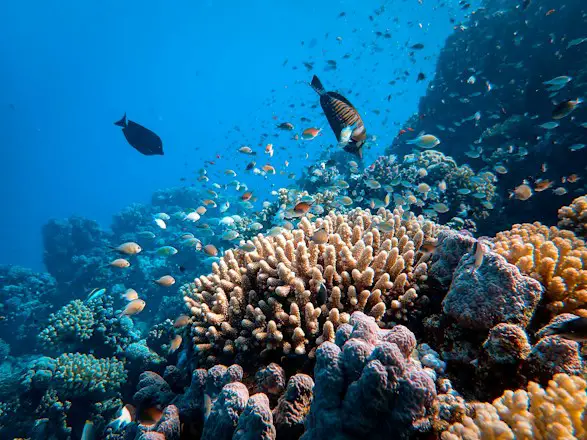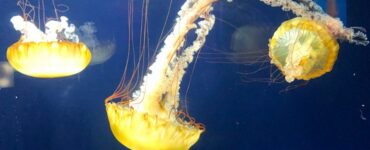Dive into the mesmerizing world beneath the waves with our exploration of “Life Aquatic: Unveiling the Secrets of the Ocean’s Extraordinary Residents.” Discover the hidden wonders and fascinating creatures that make the ocean their home.
Welcome to the depths of the ocean, a realm teeming with mysterious life forms that captivate the imagination. In this article, we embark on a journey to uncover the secrets of the ocean’s extraordinary residents, shedding light on the beauty and complexity of marine life. From the mesmerizing dance of bioluminescent creatures to the awe-inspiring migrations of majestic ocean giants, get ready to be immersed in the wonders beneath the waves.
The Enigmatic World of Oceanic Marvels
Life Aquatic: Unveiling the Secrets of the Ocean’s Extraordinary Residents
Embark on an exploration of the fascinating inhabitants that populate the ocean’s depths. From microscopic organisms to colossal marine mammals, each creature plays a vital role in maintaining the delicate balance of the underwater ecosystem.
The Dance of Bioluminescence
Illuminate your understanding of the ocean’s nightlife as we delve into the enchanting world of bioluminescent organisms. Discover how these living light displays serve both practical and mesmerizing purposes in the depths of the sea.
Guardians of the Coral Reefs
Delve into the vibrant and diverse communities that thrive within coral reefs. Uncover the essential role these ecosystems play in supporting marine life and learn about the ongoing efforts to preserve and protect these underwater wonderlands.
Majestic Ocean Giants
Witness the grandeur of the ocean’s largest inhabitants, from gentle giants like the majestic whales to the awe-inspiring presence of sharks. Explore their behaviors, migrations, and the crucial role they play in maintaining the health of the marine environment.
Navigating the Depths: FAQ’s
1. What is bioluminescence, and why do some marine organisms exhibit this phenomenon? Bioluminescence is a fascinating natural phenomenon where living organisms produce light. In the ocean, this serves various purposes, including communication, camouflage, and attracting prey.
2. How do coral reefs contribute to the biodiversity of marine life? Coral reefs provide a diverse and interconnected habitat for countless marine species. Their intricate structures offer shelter, breeding grounds, and a source of food, supporting the rich biodiversity of the ocean.
3. What are the main threats to oceanic giants like whales and sharks? Unfortunately, these magnificent creatures face threats such as habitat destruction, pollution, and climate change. Conservation efforts are crucial to ensuring their survival and preserving the ecological balance they maintain.
4. How deep can ocean explorers venture to study marine life? Modern technology allows oceanographers to explore depths of over 36,000 feet using submersibles and remotely operated vehicles (ROVs). These tools enable scientists to study even the most inaccessible parts of the ocean.
5. Are there undiscovered species in the ocean? Yes, the ocean remains largely unexplored, and scientists continue to discover new species regularly. The deep-sea holds particularly exciting prospects for finding previously unknown life forms.
6. How can individuals contribute to ocean conservation? Supporting sustainable practices, reducing plastic consumption, and participating in beach clean-ups are simple yet impactful ways individuals can contribute to the conservation of our oceans.
As we conclude our journey into the depths of the ocean, it’s evident that “Life Aquatic: Unveiling the Secrets of the Ocean’s Extraordinary Residents” is a voyage filled with wonder and responsibility. Understanding and appreciating the complexities of marine life empowers us to be stewards of the ocean, ensuring its vitality for generations to come.

Hi, I’m Jodie! I’m a spain-Moroccan writer with a passion for imagination, adventures, magic and stories with heart.
Please don’t hesitate to contact me for any questions, suggestions, comments or feedback.

















Add comment